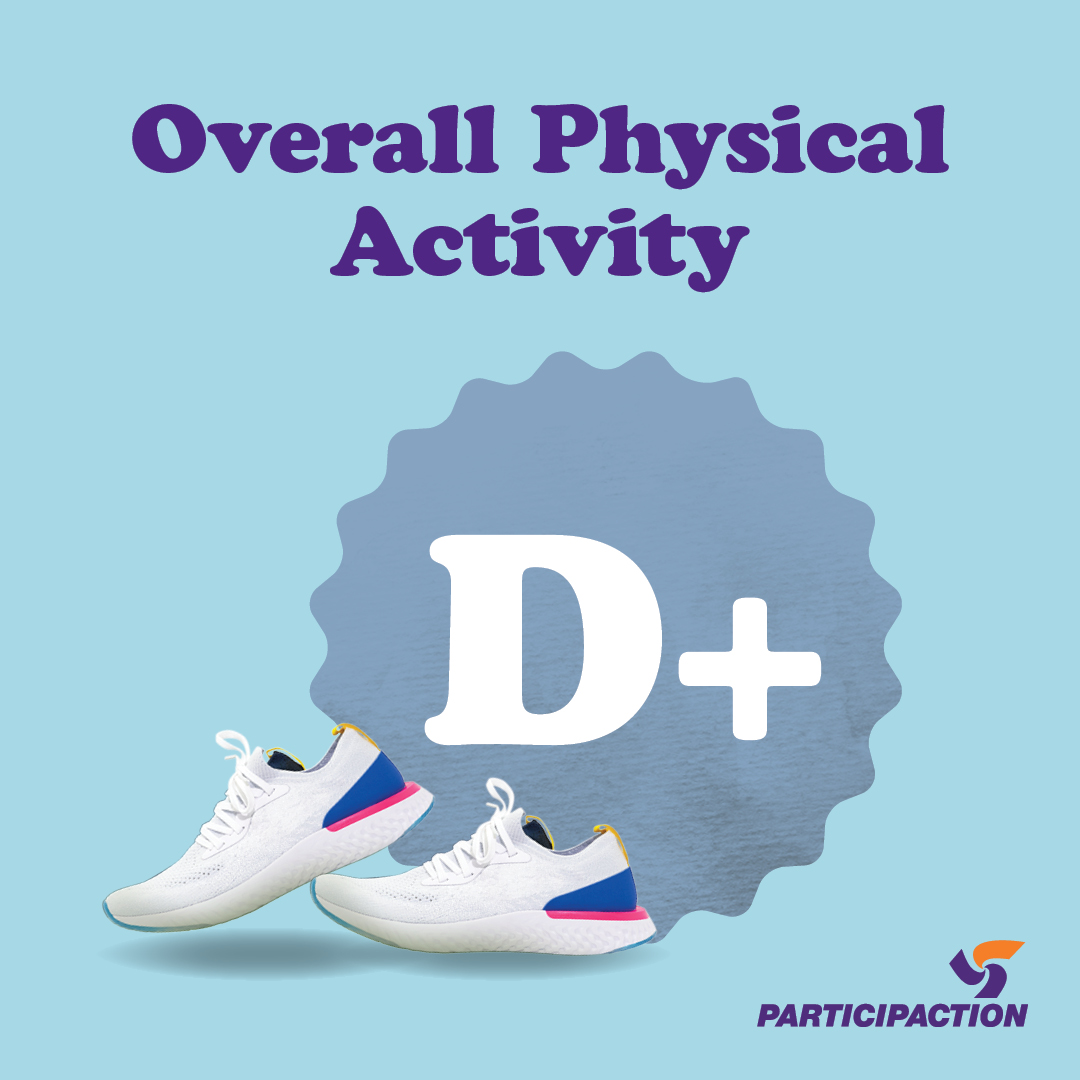
Since we launched the 2024 Report Card, we spoke with Report Card Chief Scientific Officer, Dr. Mark Tremblay, and Report Card Project Manager, Dr. Brianne Bruijns, for their insights into the key findings and recommendations.
1. What’s the relationship between climate change and physical activity among children and youth, and why did you decide to make it the focus of this year’s Report Card?

Dr. Tremblay:
The health of our planet and its inhabitants – plants, animals and humans of all ages – is suffering. In this year’s Report Card, we highlight that among its many benefits, regular physical activity can help mitigate the impacts of climate change through increased active transportation and enhanced environmental stewardship from increased active outdoor play. Healthy bodily changes that result from increased physical activity among children and youth can also help them adapt to and develop resilience against the challenges of climate change.
Further, because of children’s growing and developing bodies, they face special risks from air pollution and extreme temperatures, and these risks are amplified because our kids’ fitness levels are low and/or declining.
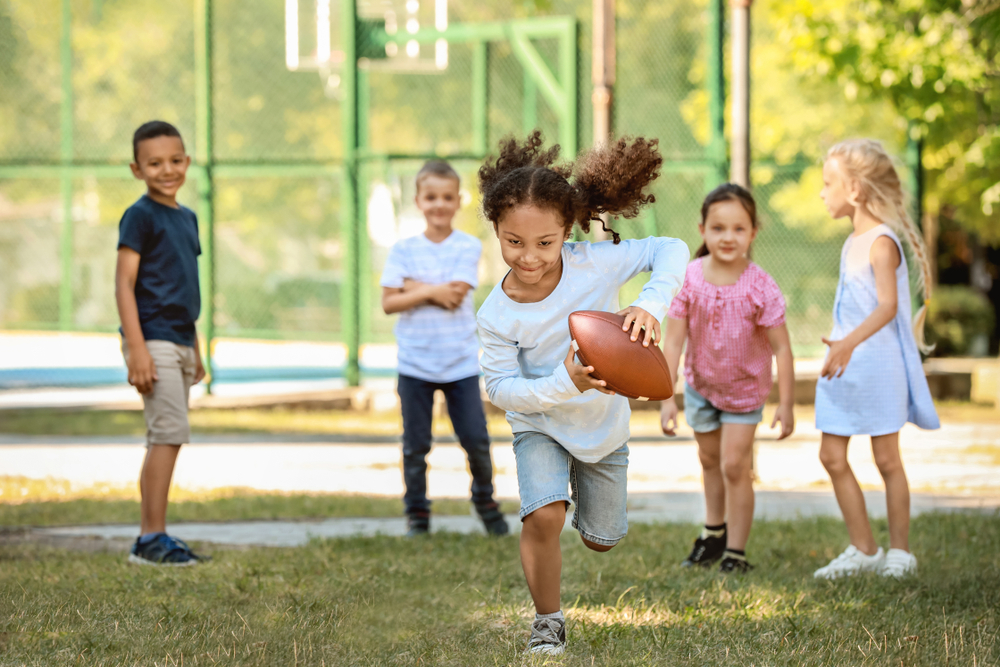
2. Were there any disparities in physical activity levels among equity-denied groups? If so, what were some that stood out?

Dr. Bruijns:
We noted disparities among equity-denied groups across many indicators. The finding that stood out to me the most was that only 31% of girls, compared to 57% of boys, are meeting the physical activity recommendation.
Another disparity we noted was with organized sport: over 30% more parents from the highest-income households reported that their children participated in organized sports within the last year (86%), compared to parents from the lowest-income households (55%).
Given the reported disparities among equity-denied groups and the limited data available for this Report Card, the Report Card Research Committee is advocating for conducting more research within these populations.
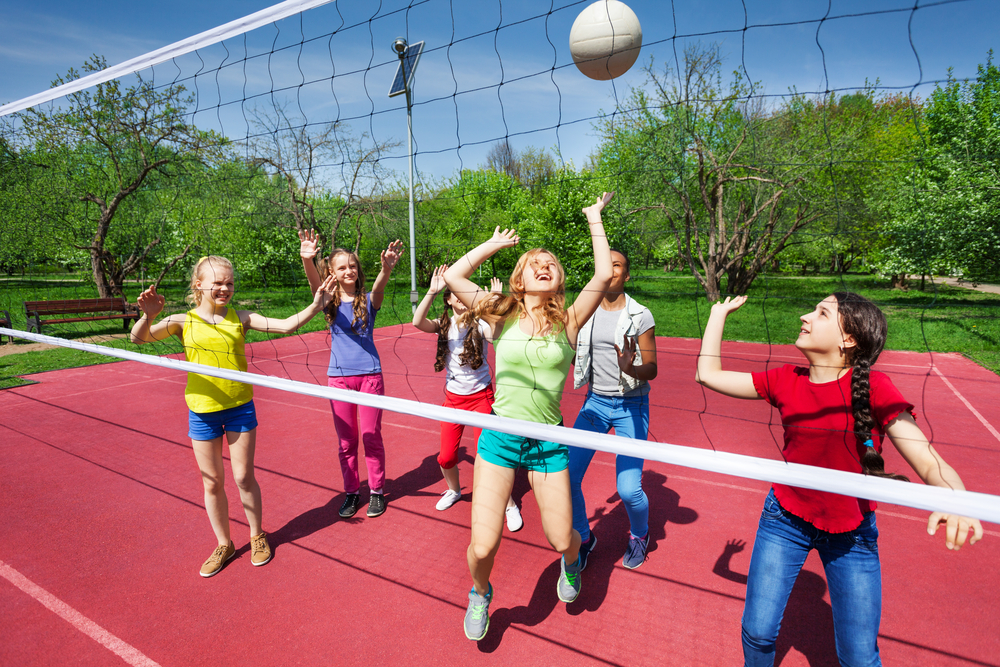
3. What are some specific challenges or barriers that need to be overcome to improve physical activity levels among children and youth? How can they be addressed?

Dr. Tremblay:
Improving the physical activity levels of kids across an entire country is a huge, long-term task but an important one! It will require major changes across many types of behaviours and influences on them, and there are 14 separate indicators that each have plenty of room for improvement. For the past 20 years, the Report Cards have provided specific recommendations across all indicators as guidance to improve the grades and help overcome specific barriers and challenges. This year’s Report Card contains 72 recommendations across the 14 indicators. I encourage those who are interested to refer to the Full Technical Report Card for complete details or focus on the indicators that are most interesting or relevant to you.
Making notable improvements to physical activity levels will require changes to the social climate, built environment, sport, recreation and play infrastructure, funding support, policy priorities, and individual, family and community behaviours, all while focusing on equity, diversity and inclusion issues. Climate-related changes have introduced a new layer of challenges that have only made having a generation of children and youth who are fit, active, inclusive and attentive environmental stewards even more important.
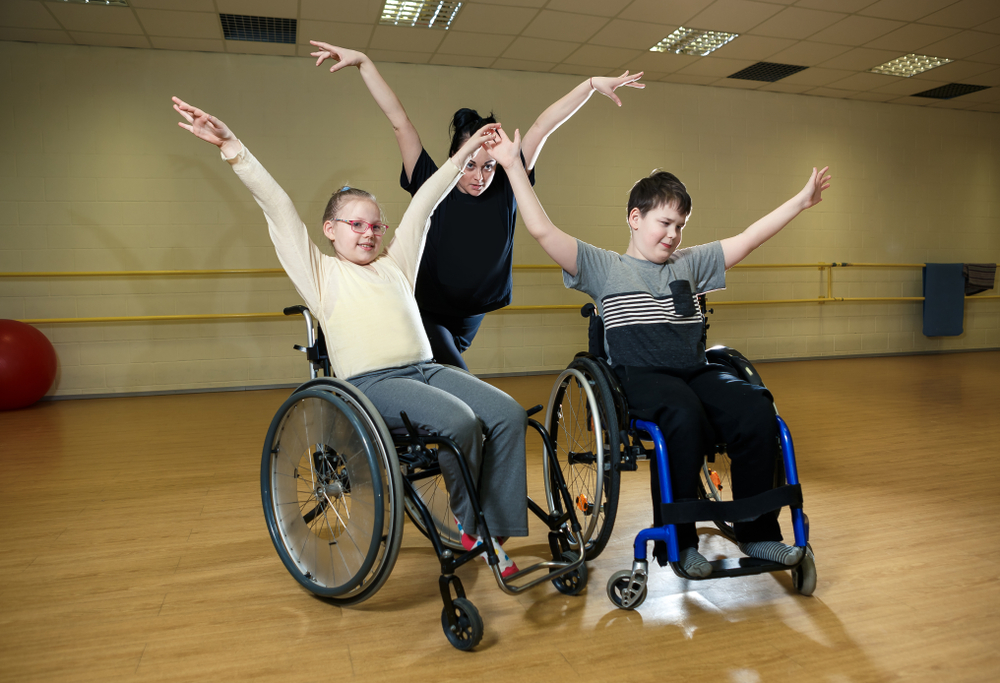
4. Are there any gaps in our understanding of children and youth physical activity that need to be addressed? What are recommended next steps for research in this area?

Dr. Tremblay:
While research on physical activity among children and youth continues to grow, much remains unknown and requires further study. The Full Technical Report Card identifies 74 specific research gaps.
Especially relevant to this year’s Report Card is the lack of information available on equity-denied groups across all ages and indicators. Physical activity research on children between the ages of zero and four years is also seriously lacking, even though it would provide the greatest return on investment.
Our understanding of how climate change and severe weather events affect and are affected by population physical activity behaviours is almost completely unknown. Kids are not miniature adults, so we can’t assume that research findings from adults apply to them. We also have a social, moral and ethical responsibility to do no harm to our youngest and most vulnerable populations.
To set children on their healthiest paths, we must understand how their growing and developing minds, bodies and spirits respond to physical activity and adapt to various environmental challenges. We must also learn what social facilitators are best at promoting desired behaviours across children and youth with diverse backgrounds, orientations and interests. We have much left to do!
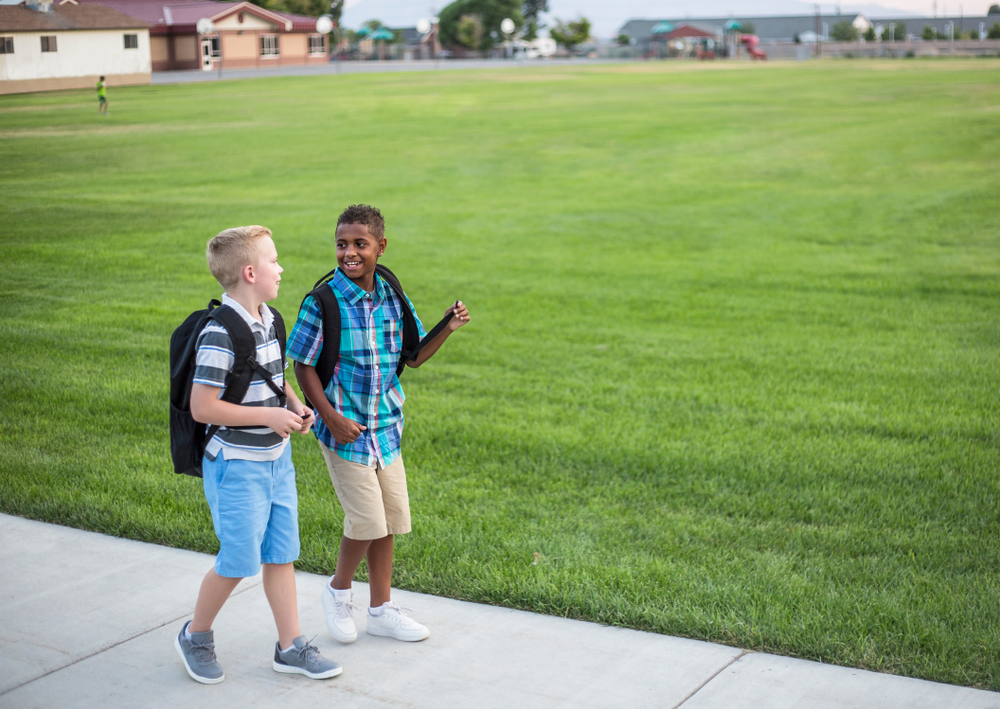
5. What are some key recommendations for governments to help improve children and youth’s physical activity levels?

Dr. Bruijns:
While some provinces and territories have well-developed physical activity and sport strategies, we encourage all provincial and territorial governments to support creating policies to increase public sector coordination and advance physical activity promotion across Canada. Having these policies will help make physical activity a higher priority and ensure it’s a standing political issue.
Also, continuous dedicated funding for initiatives, promotion and programs should be made available to better equip governments and accountable organizations to have a meaningful impact on the physical activity levels of children and youth.
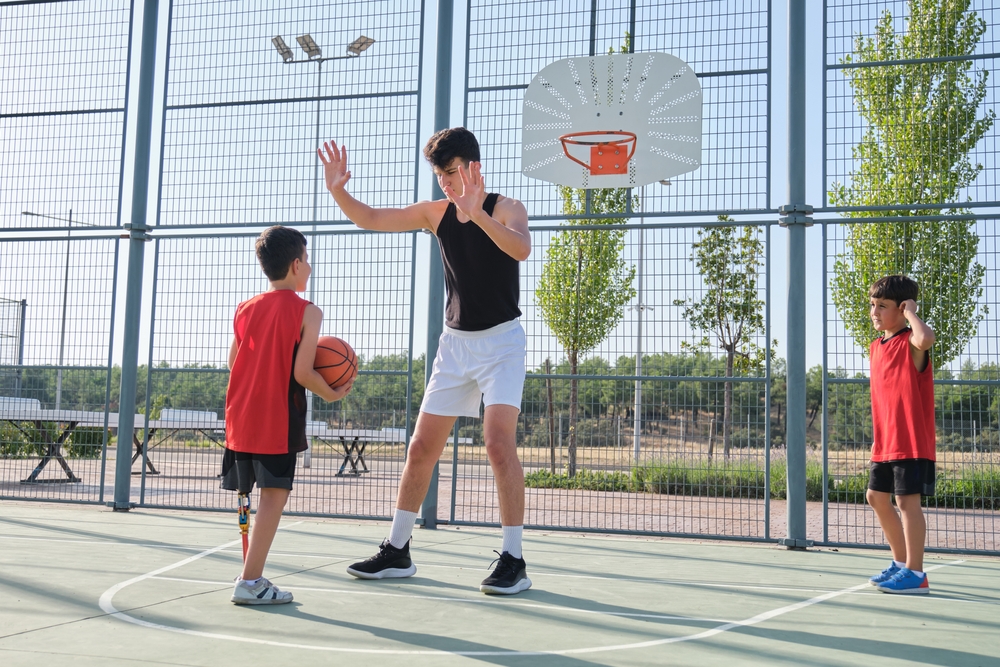
6. What are some ways that communities can help improve physical activity levels among children and youth?

Dr. Bruijns:
- Invest in creating and revitalizing indoor and outdoor recreation facilities (including playgrounds) to encourage more physical activity and provide places for kids to get active when there are weather and air quality alerts. Ensure that these facilities are close to home, accessible and low-cost to promote equitable physical activity participation among children and youth.
- Involve community members (including kids and teens) in designing these spaces to help ensure they meet their needs and will be used more frequently.
- Extend and maintain active transportation routes, particularly around schools and community spaces, to encourage families to regularly use active modes of travel.

7. What are some key recommendations for educators/schools to help improve kids’ physical activity levels?

Dr. Bruijns:
For elementary schools, implementing daily physical activity policies that include innovative ways to embed physical activity into curricula outside of physical education is a great strategy educators can use to increase kids’ physical activity. Also, when recess is moved indoors due to inclement weather or climate-related risks such as poor air quality, leading indoor movement-based activities like charades, yoga, table tennis and/or Simon/Simone says is a great way to safeguard active play and break up sedentary time during regular instructional time.
For high schools, increasing advocacy for specialist physical education teachers and implementing mandatory physical education classes across all grades (such as in Quebec) can help maintain physical activity levels and enjoyment among youth. Educators could also consider giving students a voice and involve them in developing physical education curricula, policies and course offerings.
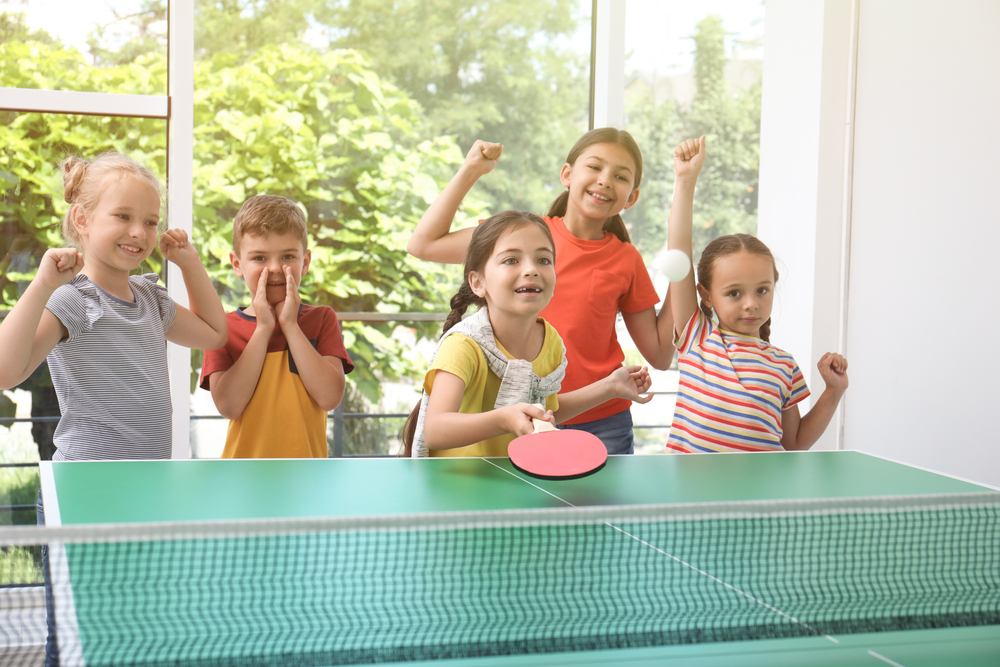
8. What tips do you have for parents and support networks to help them get their kids moving more, more often?

Dr. Bruijns:
Since family support is positively linked to children’s physical activity levels, the most important tip to get kids moving more (and more often) is to make getting active together a priority. This can be done by encouraging, watching, role-modeling, co-participating and attending physical activity events. Going on family hikes, playing sports or games together at local parks and recreation facilities, and using active modes of transportation for local outings are great options.
Physical activity can help offset the negative health impacts of climate change, and by prioritizing and incorporating it into daily routines, we can create a mindset where being active won’t have to be a choice for kids and teens in Canada – it will become second nature!
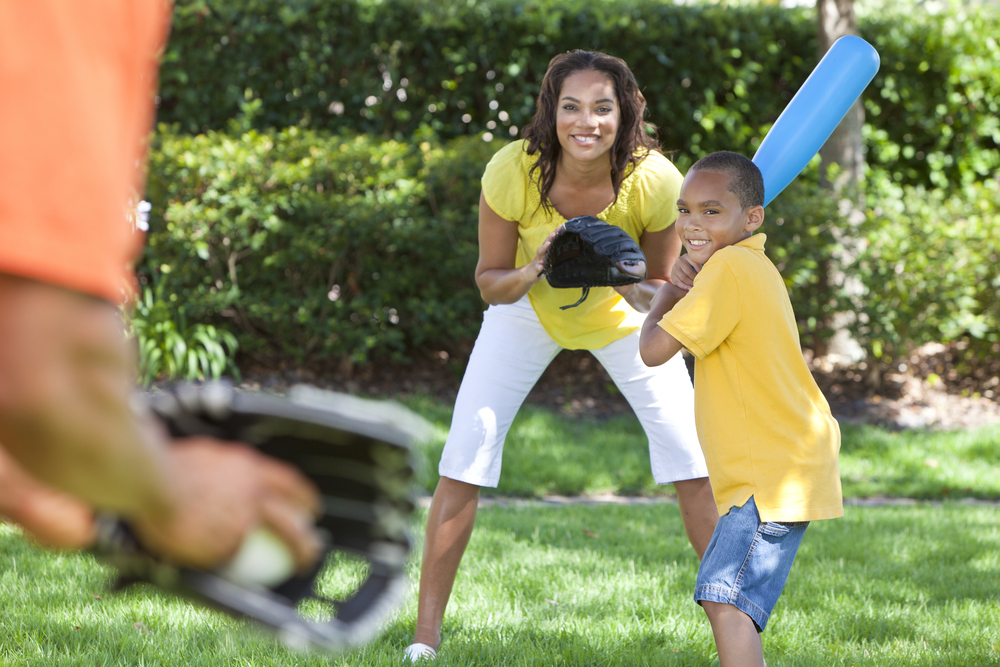
9. Why are ongoing research and evaluations like the Report Card beneficial? What impact(s) can they have?

Dr. Tremblay:
The Report Cards on Physical Activity for Children and Youth were started in Canada in 2005 and have now been replicated in more than 70 jurisdictions around the world. They have created awareness, helped with public health surveillance, forced accountability, facilitated advocacy, influenced policy, and identified jurisdictional strengths, weaknesses and priorities for action.
The impact of the Report Cards has been remarkable in Canada and beyond our borders, far exceeding our initial goals. Preserving and promoting healthy active living, including enough habitual physical activity among children and youth, are fundamentally important to their future health and well-being, as well as that of our country and planet.
As the most comprehensive assessment of child and youth physical activity in Canada, the ParticipACTION Report Card on Physical Activity for Children and Youth reminds us of the importance of the physical inactivity crisis, gives us an update on our progress, holds all related sectors accountable, and provides recommendations for improvements to collectively power the movement to get kids moving!









